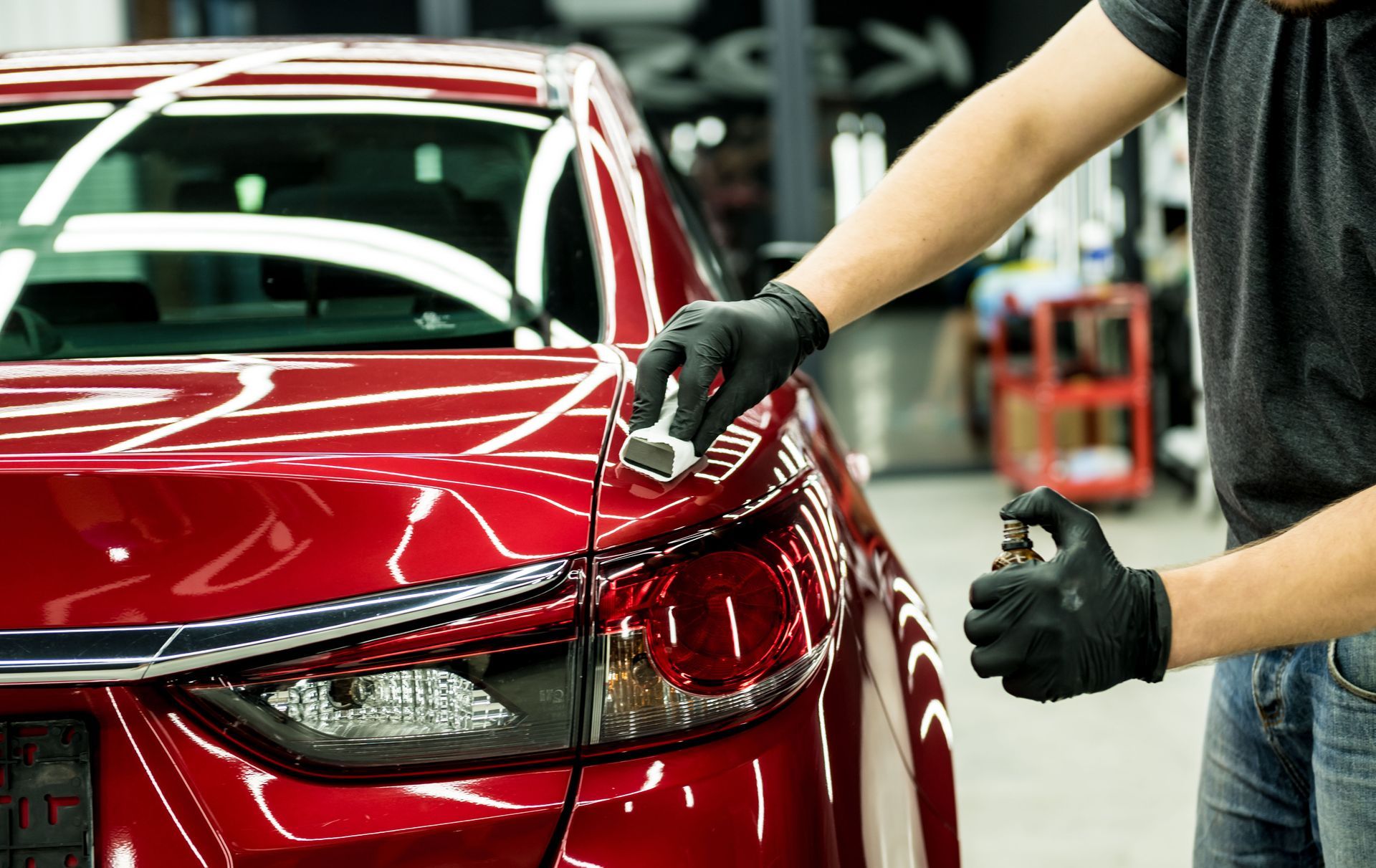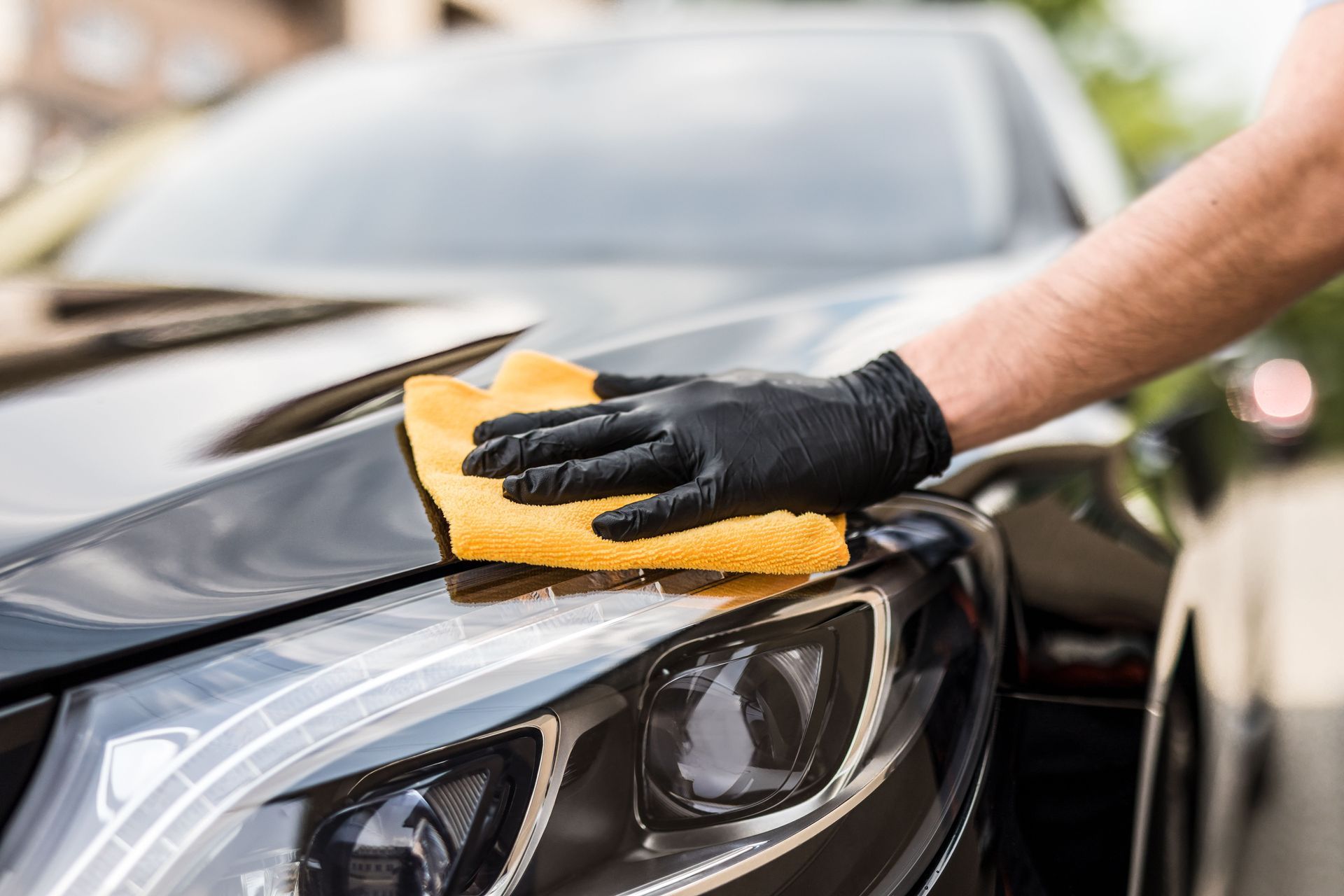How to Properly Care for Ceramic Coating
Ceramic coating has become increasingly popular among car enthusiasts and everyday vehicle owners, offering a durable layer of protection against environmental damage and everyday wear. It provides a high-gloss finish that enhances the aesthetic appeal of your car while preserving the paintwork underneath. However, maintaining this protective layer requires an understanding of certain practices and care routines to ensure its longevity and effectiveness. In this article, we will delve into the intricacies of ceramic coating maintenance, covering everything from its application to troubleshooting potential issues. By properly caring for your vehicle's ceramic coating, you ensure that its benefits and protective capabilities are upheld over time.
The purpose of ceramic coatings goes beyond just visual appeal. These coatings are engineered to offer superior protection against dirt, UV rays, and minor scratches. They create an invisible shield that reduces the risk of external damage and helps maintain the vehicle's pristine condition. Proper maintenance is paramount as it extends the life of the coating, maximizing the investment made in the application process.
Inadequate upkeep can lead to premature degradation of the ceramic layer, necessitating more frequent reapplications than desired. Given the substantial costs associated with professional applications, understanding how to maintain a ceramic coated vehicle effectively can save significant time and resources. This comprehensive guide aims to equip you with the knowledge needed to keep your vehicle's ceramic coating in top condition, enhancing both the longevity and appearance of your investment.
Understanding Ceramic Coating Benefits
One of the standout benefits of ceramic coating is its ability to repel water, mud, and grime, making cleaning the vehicle a remarkably easier task. This hydrophobic nature makes it difficult for contaminants to stick to the surface, leading to less frequent washing. Additionally, ceramic coatings provide robust protection against harmful UV rays, which can cause paint fading over time. The preserved luster of your vehicle's paint can significantly extend its lifespan, maintaining its market value. Furthermore, the transparency and shine imparted by ceramic coatings can enhance the sleek, clean look of the car, attracting attention wherever it goes.
Ceramic coating offers superior durability compared to traditional wax, lasting significantly longer and providing more comprehensive protection. While car wax might need to be reapplied every few months, a well-maintained ceramic coating can last years before needing reapplication. This means less frequent trips to auto detailers, saving time and reducing maintenance costs. The solid layer of protection also minimizes the risks of minor scratches and swirl marks, thus maintaining the smoothness of the vehicle's paint. Installing ceramic coating can be seen as an investment towards long-term protection and preservation of your vehicle's aesthetic appeal.
Additionally, ceramic coating is known for its ability to withstand chemical stains and etch marks, acting as a defensive barrier against pollutants. This aspect is crucial for car owners who live in areas with high industrial pollution or those who regularly park under trees. By preventing these particles from bonding with the paint surface, the ceramic coating effectively reduces potential damage. It ensures that even if contaminants land on the car's surface, they cause no harm to the underlying paint.
Ensuring Successful Initial Setup and Application
Proper surface preparation is critical to a successful ceramic coating application, ensuring that the coating adheres securely for long-lasting effectiveness. The initial step involves thoroughly washing the car to remove dirt, grease, and any residues. It is advisable to use a pH-neutral car wash solution to avoid introducing any residues that could affect adhesion. Once cleaned, the vehicle must be dried comprehensively to prevent water spots that can interfere with the coating. Detailing clay is then used to remove any entrenched contaminants within the paint pores, achieving a smooth and clean surface.
Following the clay bar treatment, paint correction may be necessary to address any scratches, swirl marks, or oxidation issues present on the paint surface. A polished and flawless surface maximizes the efficiency of the ceramic coating, as it fills small imperfections, creating a uniform finish. It is important to note that the quality of the final result is heavily impacted by the condition of the surface before application. For those with heavily damaged paintwork, professional detailing services can be consulted to perform advanced correction procedures. These steps ensure that when the ceramic coating cures, it adheres evenly, promoting a longer-lasting and more effective protective layer.
Once the surface is ready for coating, ensure to conduct the application process in a controlled indoor environment. This minimizes exposure to dust, debris, or temperature variations that could impact the application or curing process. According to Car and Driver, ceramic coating typically takes at least 24 hours to cure and can take up to three weeks to reach its full strength. The car should ideally be situated in a garage, away from direct sunlight or extreme weather conditions. Ambient conditions should be stable, without extreme fluctuations in humidity or temperature, ensuring a consistent curing process.
Conducting Routine Maintenance and Cleaning
Maintaining a ceramic-coated vehicle requires using cleaning products that do not compromise the coating's integrity. It is crucial to select products that are pH-balanced and free of harsh chemicals, as these can erode the protective layer. Car-specific shampoos that are gentle yet effective in removing grime and contaminants are ideal for regular cleaning. Furthermore, using microfiber towels and wash mitts helps prevent scratches and swirl marks during the washing process. Avoid abrasive materials or brushes, which can irreversibly damage the coating surface.
It's beneficial to develop a consistent cleaning routine tailored to the vehicle's usage and environmental exposure. Regularly scheduled cleanings help ensure contaminants do not adhere to the surface long enough to cause any damage. This practice is vital in regions with excessive pollen, industrial fallout, or road salts, which can quickly accumulate on the vehicle's surface. By using appropriate cleaning products and techniques, you protect the ceramic coating, ensuring its long-lasting effectiveness and aesthetic appeal. Proper cleaning not only preserves the coating but also enhances the overall driving experience by maintaining the vehicle's visual allure.
Protecting Against Environmental Factors
UV exposure poses significant risks to vehicle surfaces, leading to paint fading and deterioration over time. Ceramic coatings provide a formidable solution, acting as a protective layer that absorbs and deflects UV radiation. This feature is particularly beneficial for vehicles regularly exposed to sunlight, preserving the paint's vibrancy and structural integrity. Applying a ceramic coating reduces the frequency of traditional waxing, mitigating the exhausting maintenance required for UV protection. The additional layer effectively absorbs the sun's rays, preventing them from detrimental interactions with the car's paintwork.
The importance of UV protection cannot be overstated, especially in sunny climates where sun exposure is frequent and intense. Vehicles parked outdoors for extended periods are more susceptible to damage, making this feature indispensable. By employing a reputable ceramic coating product, you reinforce your vehicle's defenses against these harmful elements. Alongside regular washings and using UV-resistant detailing sprays, ceramic coatings contribute to prolonged vehicle aesthetics and coloring. This longevity not only enhances the vehicle's appearance but also preserves its resale value.
Caring for ceramic coating involves a thoughtful and informed approach to both preventing damage and maintaining the coating's integrity. Proper preparation, application, and maintenance ensure that the coating performs at its best, offering both visual appeal and impressive protective qualities. Understanding the nuances and requirements of ceramic coating care empowers vehicle owners to maximize their investment. Maintaining a regular cleaning routine with appropriate products significantly extends the life of the coating, preserving the vehicle's pristine condition. Through persistent upkeep and awareness of environmental risks, a ceramic-coated vehicle remains at the pinnacle of automotive aesthetics and protection. Are you curious about ceramic coating for your vehicle? Detail Kings is here to help! Reach out to our team today!





Share On: